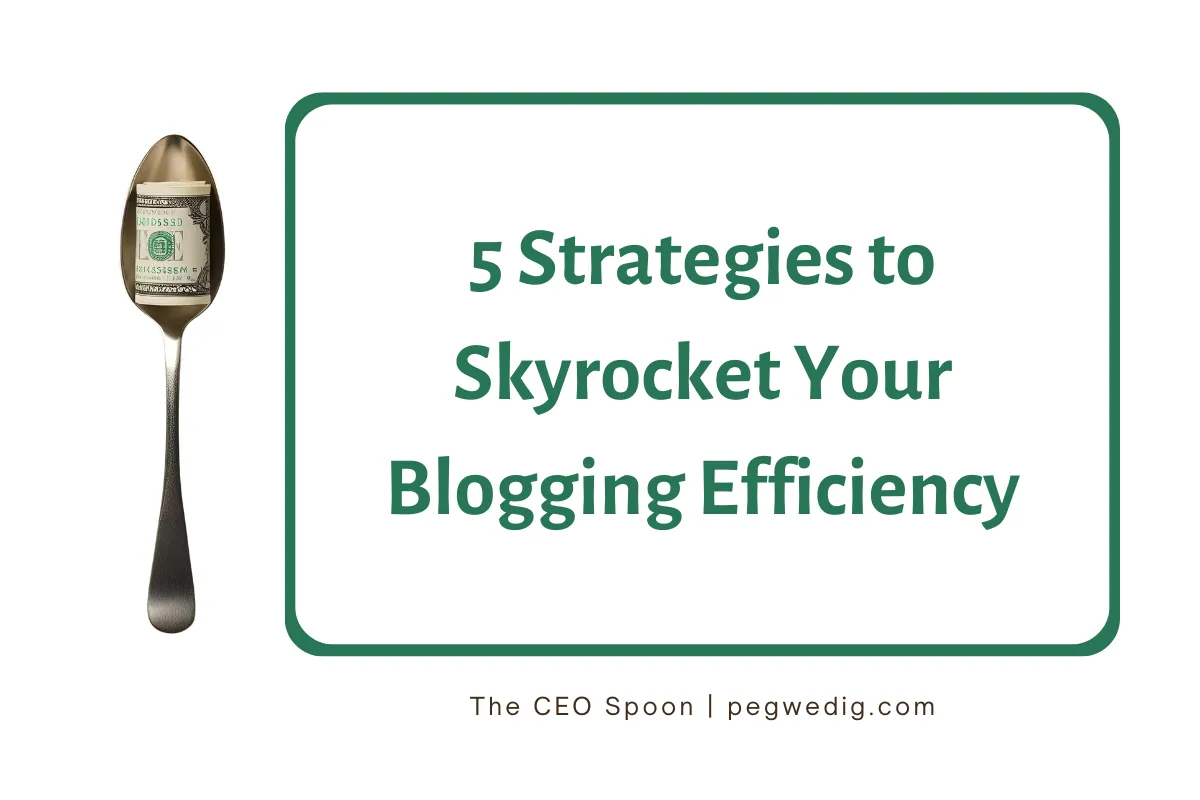
5 Strategies to Skyrocket Your Blogging Efficiency
As a food blogger and mindset coach, your energy is precious. Thoughts ignite feelings, which propel actions and the actions that feel effortless bring the results you crave. Let’s build a strong recipe for efficiency so your passion transforms into momentum.
1. Build and Refine Your Systems
Efficiency loves structure. Imagine a kitchen without zones. It’s chaos. Your blog needs the same setup:
Content calendar system that maps post ideas, deadlines, and promotion tasks.
Template system for posts—intro + recipe + tips + CTA—for faster writing.
Workflow system for graphics, editing, scheduling, social sharing.
Practical Application: As you imagine applying this strategy, which part of your content production feels most scattered? Start there.
Set quarterly check-ins to review your systems: update the calendar for upcoming seasons, reassess template effectiveness, and refresh your workflow if it's bogging you down.
Want help applying this to your blog? Let’s talk.
2. Schedule Time Blocks Like a Chef’s Mise en Place
Time-blocking is more than a calendar filler; it’s protective glass for your creative energy.
Reserve deep work blocks (2–3 hours) for drafting, editing, or recipe development.
Schedule admin blocks for emails, outreach, or analytics.
Add buffer blocks to rest or pivot when tasks overrun.
Flow-State Tip: Pre-block chores (stretch, turn off notifications, play ambient kitchen sounds). A quiet mind invites focused creativity.
3. Cut the "Important" That Isn’t
Your brain likes shiny objects. Let’s get honest:
Audit tools and commitments every month. Delete unused plugins. Unfollow threads that steal focus.
Say no to “just-in-case” ideas that cost time today.
Delegate or automate where possible. You don’t need to handle everything.
When you cut the fluff, you give your real priorities room to breathe and bloom.
4. Surprise! Use “Micro-Task Sprints”
Here's a twist you might not expect: micro-task sprints. Micro-task sprints are 2-5 minute bursts for tiny actions.
Collect comments, update internal links, clear one part of your inbox.
Do these between time blocks to keep momentum without cognitive drag.
This unexpected tactic keeps you humming and prevents friction when transitioning between deep work sessions.
5. Integrate Flow-State Rituals
Flow is where the magic happens: time dilates, creativity blossoms, work feels abundant.
Start each deep block with a consistent ritual: meditative breath, hydration, favorite mug, simple stretch.
Use ambient noise apps (e.g., café hum or gentle kitchen clatter).
Stick to single-task focused mindset: one tab, one purpose, one goal.
Over time, your brain begins to associate the ritual with performance mode, making flow more accessible.
Wrap-Up
Systems give you a reliable foundation. Time blocks protect your energy. Clearing distractions sharpens focus. Micro-sprints keep you agile. Flow rituals unleash creativity. Combine these strategies, and you’re not just working; you’re thriving.
Take Action Today:
Choose one system to streamline right now.
Schedule your first deep work block tomorrow morning.
Try a micro-task sprint in your next break.
Your Next Step:
Book a free discovery call to start your personalized recipe for success! Let’s create a blog growth plan that feeds your ambition.
Mini FAQ
Q: How long should a deep work block be?
A: Aim for 90–120 minutes. It’s long enough to dive deep without burning out.
Q: What if I hate rituals?
A: Start small. A favorite soundtrack or a warm drink can tell your brain it's time to work. Even tiny cues activate flow.
Q: How do I know what to cut?
A: Ask: “Does this move me closer to my 30‑day goal?” If not, press delete or delegate.
